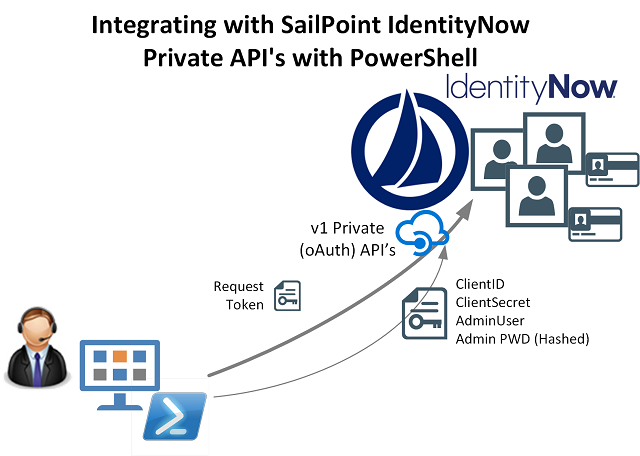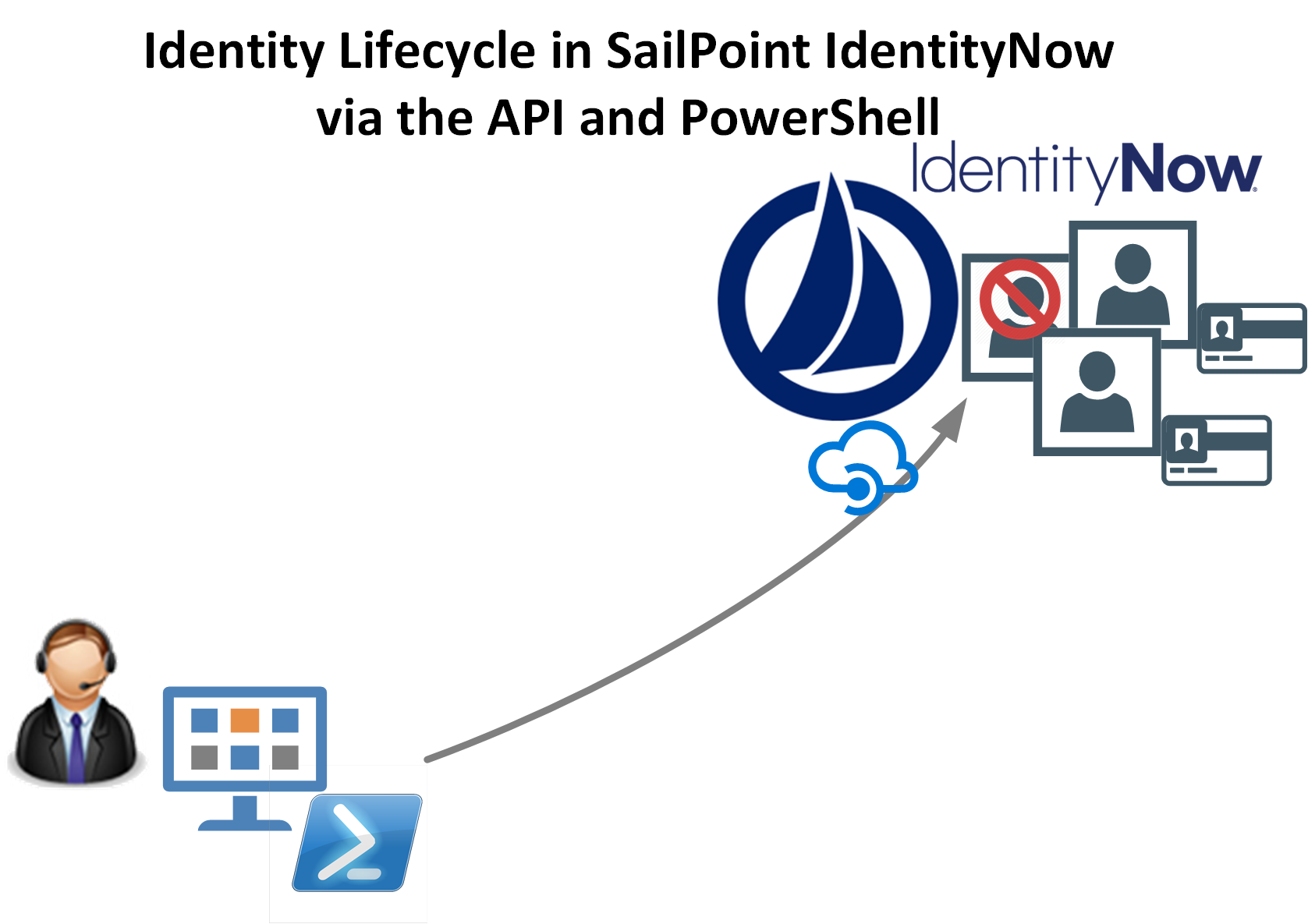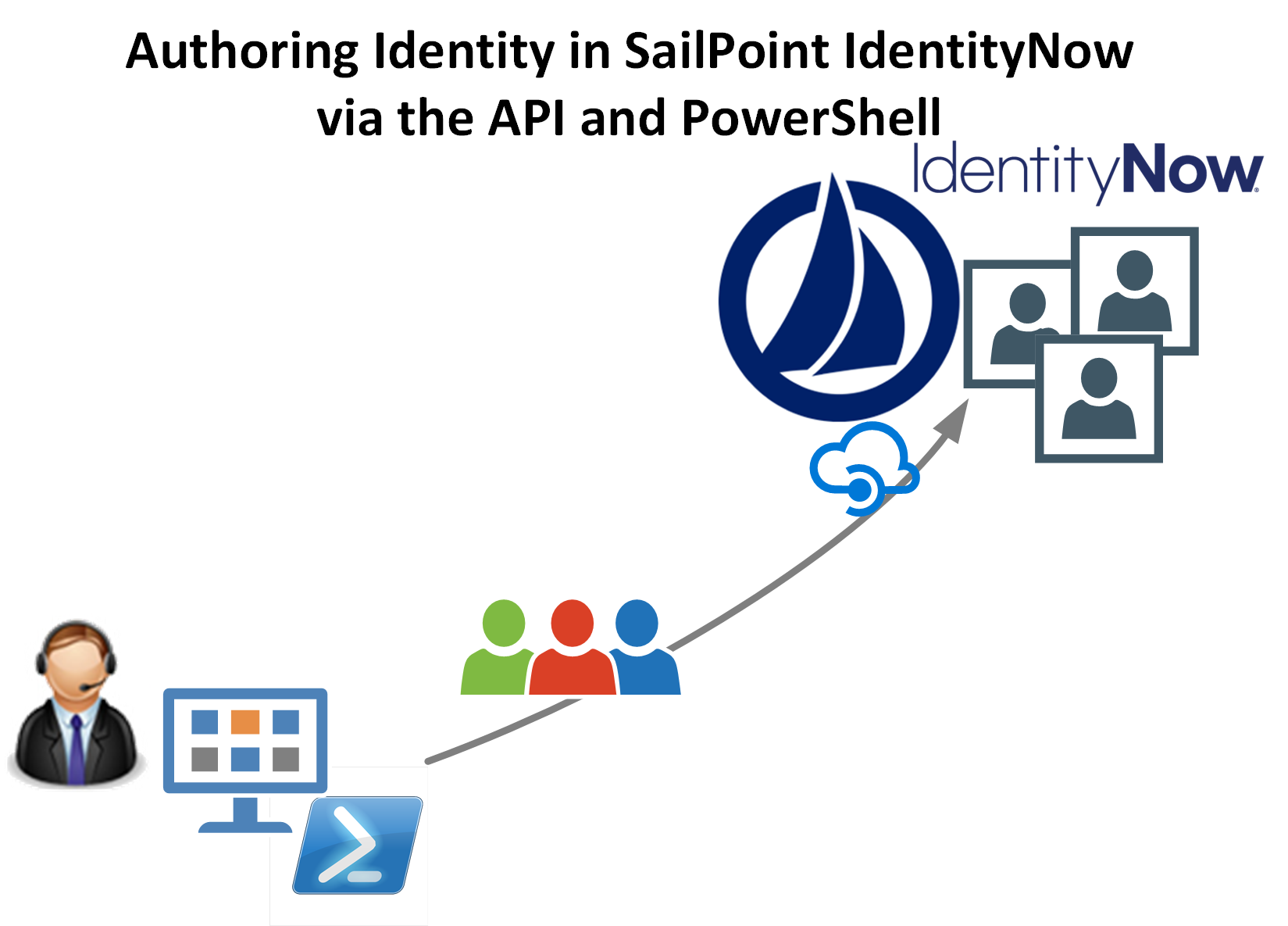
Integrating with SailPoint IdentityNow Private (v1) API’s using PowerShell
Update: Oct 2019. Leveraging the SailPoint IdentityNow API's is now easier using the SailPoint IdentityNow PowerShell Module.
How to generate the ‘Password Hash’ to leverage the IdentityNow Private API’s
Recently I’ve posted about integrating with the SailPoint IdentityNow API’s. Specifically;
- Reporting on SailPoint IdentityNow Identities using the ‘Search’ (Beta) API and PowerShell
- Authoring Identities in SailPoint IdentityNow via the API and PowerShell
- Lifecycle Management of Identities in SailPoint IdentityNow via API and PowerShell
So why another post on a very similar subject?… [Keep reading] “Integrating with SailPoint IdentityNow Private (v1) API’s using PowerShell”


